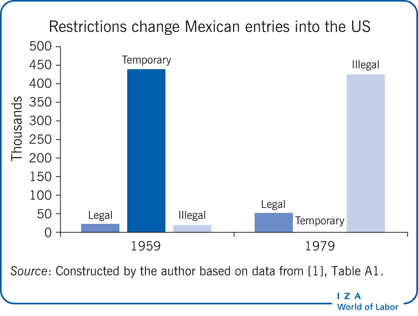Elevator pitch
In the popular immigration narrative, migrants leave one country and establish themselves permanently in another, creating a “brain drain” in the sending country. In reality, migration is typically temporary: Workers migrate, find employment, and then return home or move on, often multiple times. Sending countries benefit from remittances while workers are abroad and from enhanced human capital when they return, while receiving countries fill labor shortages. Policies impeding circular migration can be costly to both sending and receiving countries.

Key findings
Pros
Circular migrants fill labor shortages in host countries.
Migrants do not stay in host countries if they cannot find work.
Remittances sent home by migrants contribute crucially to the economic development of the sending countries.
Circular migration reduces the brain drain and encourages the transfer of skills and know-how (“brain circulation”).
Circular migrants benefit from mobility.
Cons
Restricting circular migration increases the likelihood of illegal immigration and overstaying of visas in receiving countries.
Restrictions may result in more non-economic migrants, including family members and people on welfare.
Outmigration can lead to labor market shortages in sending countries.
Circular migrants may remain stuck in low levels of employment and may be exposed to abuse, exploitation, and discrimination.